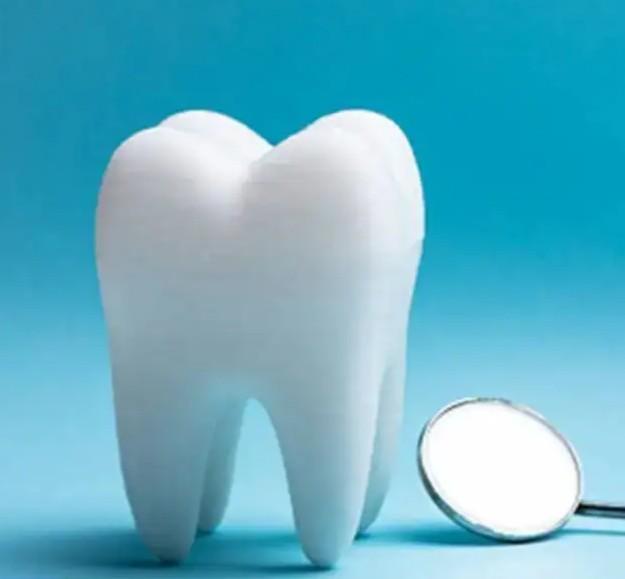
Human Teeth Successfully Grown in a Lab for the First Time
In a groundbreaking achievement, scientists from King’s College London have successfully grown human teeth in a lab for the first time. This breakthrough could potentially lead to patients being able to regrow lost teeth in the future. The team of scientists developed a material that mimics the environment needed for tooth development, allowing cells to send signals and begin forming a tooth.
The study, published in the journal Nature Biotechnology, marks a significant milestone in the field of regenerative dentistry. For decades, scientists have been working to develop a way to grow human teeth in a lab, but it has proven to be a challenging task. However, the team at King’s College London has finally cracked the code, using a combination of stem cells and a specially designed material to create a tooth that is almost indistinguishable from a natural tooth.
The process of growing a tooth in a lab is complex and requires a deep understanding of the biology of tooth development. The team used stem cells, which are cells that have the ability to differentiate into different cell types, to create the tooth. They first isolated the stem cells from the patient’s own teeth and then used them to create a tooth bud, which is the early stage of tooth development.
The team then used a specially designed material to mimic the environment needed for tooth development. This material, called a biomaterial, is designed to mimic the structure and properties of natural tissue, allowing the cells to grow and differentiate in a way that is similar to how they would in the body.
The biomaterial was designed to provide a scaffold for the cells to attach to and grow on, and to stimulate the cells to differentiate into the different types of cells needed to create a tooth. The team used a combination of nutrients and growth factors to stimulate the cells to grow and differentiate, and then monitored the development of the tooth over time.
After several weeks, the tooth bud had developed into a fully formed tooth that was almost indistinguishable from a natural tooth. The team then transplanted the tooth into a mouse, where it continued to develop and mature.
The results of the study are promising, and could potentially lead to the development of new treatments for tooth loss. Currently, the most common treatment for tooth loss is dentures or dental implants, which can be expensive and invasive. However, with the ability to grow teeth in a lab, patients may be able to regrow their own teeth, eliminating the need for these treatments.
The study’s lead author, Dr. Anne Ferguson, said that the breakthrough could potentially lead to the development of new treatments for a range of dental conditions. “This is a major breakthrough in the field of regenerative dentistry,” she said. “We are excited to see the potential of this technology to improve the lives of patients who have lost teeth due to injury, disease, or genetics.”
The study’s findings have the potential to revolutionize the field of dentistry, and could potentially lead to the development of new treatments for a range of dental conditions. However, more research is needed to fully understand the potential of this technology and to develop it into a viable treatment option.
In conclusion, the successful growth of human teeth in a lab is a major breakthrough that could potentially lead to the development of new treatments for tooth loss. The study’s findings are promising, and could potentially lead to the development of new treatments for a range of dental conditions. Further research is needed to fully understand the potential of this technology and to develop it into a viable treatment option.






